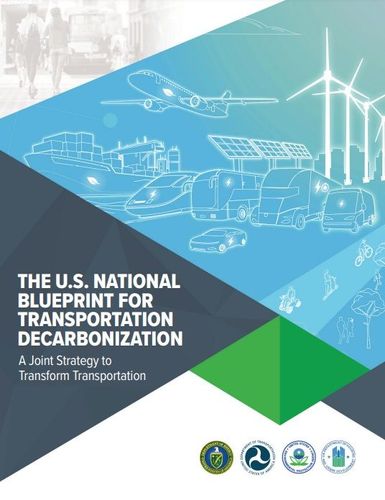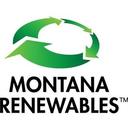DOE partners with federal agencies and industry on action plans for energy and emissions innovation across US transportation sectors

SOURCE: U.S. Department of Energy
December 19, 2024
BY U.S. Department of Energy
The United States Department of Energy announced three transportation modal action plans to build a cleaner, more resilient, and more globally competitive transportation system. The action plans—covering key elements of the freight sector and convenient and efficient modes of transportation—were developed in partnership with the United States Department of Transportation (DOT), the United States Environmental Protection Agency (EPA), the United States Department of Housing and Urban Development (HUD), and industry stakeholders. Along with the previously released aviation plan and forthcoming offroad plan, each action plan identifies strategies to accelerate innovation, expand affordable options for consumers, unlock private sector action, and ultimately deliver a better transportation system for all Americans.
The U.S. transportation system's trucks, ships, trains, and planes move 55 million tons of goods, worth more than $49 billion, and transport people across three trillion vehicle miles annually. Transportation is critical to the national economy ecosystem and key to global competition. However, it also produces air pollution, increasing risk for asthma, heart disease, and other health issue, especially in communities near highways, ports, railyards, and warehouses.
Advertisement
Advertisement
"Vehicles move us and our economy. American leadership across the transportation sector ensures that we remain globally competitive and provide better choices to consumers," said Jeff Marootian, principal deputy assistant secretary for DOE's Office of Energy Efficiency and Renewable Energy. "That is why we have partnered across government and industry to spur innovation and develop efficient, reliable, and affordable technology solutions for the freight and broader transportation sectors."
In 2023, DOE, DOT, EPA, and HUD partnered with transportation industry stakeholders to release the U.S. National Blueprint for Transportation Decarbonization (Blueprint). The Blueprint provides the roadmap for innovative transportation fueling and vehicle technologies across every mode of transportation to expand affordable and accessible transportation options. It takes a systems approach to address overall efficiency and convenience across the sector and focuses on realistic, cost-effective approaches, taking into account viewpoints from industry and stakeholders.
Advertisement
Advertisement
Through the modal plans released today, government and industry are taking a collective step to create better transportation solutions and technologies for the future.
Read the plans on the DOE website.
Related Stories
MOL Group has produced a diesel fuel containing hydrotreated vegetable oil (HVO), and sustainable aviation fuel (SAF) at the refinery of Slovnaft in Bratislava. The quality of the products has been verified by radioisotope analysis.
OMV Petrom has announced the start of construction for a sustainable aviation fuel (SAF) and renewable diesel (HVO) production unit at the Petrobrazi refinery in Romania. The new facility will have an annual capacity of 250,000 tons.
CVR pauses development of potential SAF projects pending regulatory, tax credit clarity
CVR Energy Inc. released fourth quarter financial results on Feb. 18, reporting reduced renewable diesel production. The company also said it is pausing development of SAF capacity pending clarity on government subsidies.
Calumet Inc. on Feb. 18 announced that its subsidiary Montana Renewables LLC has received the first drawdown of approximately $782 million from its $1.44 billion U.S. DOE loan guarantee. The loan will fund the expansion of SAF production capacity.
Neste Corp. on Feb. 13 released fourth quarter financial results, reporting that its renewables segment was impacted by both market and operational challenges during the three-month period. Sustainable aviation fuel (SAF) sales, however, were up.
Upcoming Events










